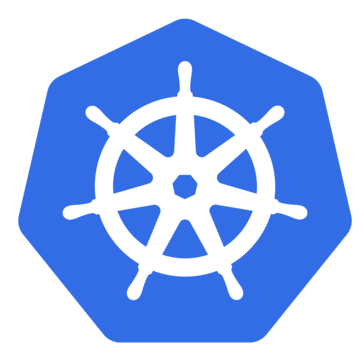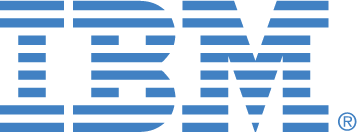
Octopus Deploy
Octopus Deploy streamlines software delivery across various infrastructures, including Kubernetes and multi-cloud environments. By automating release and deployment processes, it simplifies complex Continuous Deployment (CD) tasks. With features like tenant management, role-based access control, and real-time insights, teams can efficiently manage deployments and optimize operations, resulting in reduced downtime and increased confidence in production releases.
Top Octopus Deploy Alternatives
SourceTree
Sourcetree revolutionizes the way developers manage their Git and Mercurial repositories with its intuitive GUI, eliminating the complexities of command-line interactions.
Crucible
Crucible empowers teams to streamline code reviews by facilitating discussions, knowledge sharing, and defect identification across various version control systems like SVN, Git, and Mercurial.
FinalBuilder
FinalBuilder simplifies the automation of build processes, eliminating the need for XML editing or scripting.
Simul Docs - Word Versioning
Simul Documents - Version Control for Microsoft Word enhances document management for teams by streamlining collaboration and tracking changes.
Buildkite
Buildkite offers a robust Scale-Out Delivery Platform that empowers teams to optimize CI/CD workflows.
VSTS DevOps
Azure DevOps Services, previously Visual Studio Team Services, empowers teams to enhance productivity through agile methodologies.
Chef
It allows teams to define and enforce policies as code, ensuring consistent system states...
VictorOps
By delivering context-rich notifications and facilitating cross-functional collaboration, it minimizes downtime and accelerates incident resolution...
Kubernetes
By organizing containers into manageable units, it simplifies application management...
Iron Worker
Its auto-scaling capability allows complex jobs to be distributed among multiple Workers, ensuring efficient processing...
Azure DevOps Projects
With a simple three-step process, it integrates CI/CD pipelines effortlessly and provides robust monitoring tools...
CloudBees DevOptics
With self-service automation and advanced CI/CD capabilities, it accelerates software delivery while integrating security tools...
Rational ClearCase
It supports parallel development, automated workspace management, and secure versioning, while facilitating collaboration across remote...
Testsigma
This low-code platform supports end-to-end test automation across web, mobile, and API environments, enabling effortless...
Grafana
Its intuitive dashboards enable seamless integration of logs, metrics, and traces, enhancing observability across applications...
Octopus Deploy Review and Overview
Octopus provides an intuitive release management system that shows various statistics related to builds and deployments. The dashboard displays the test results for the previous night's implementation and real-time changes in the development environment.
Manage your release system
The entire history is visible at a single screen for developers to check. You can enforce rules on releases to embrace your development strategy and ensure that your DevOps engineers follow it. Even the number of tests can be defined as a rule before roll-out begins. Human approval can become compulsory before final upload using the features it provides.
Deployment automation
Continuous integration models are implementable through the use of Octopus by automating the deployment process. Users need to define their strategy, which they can choose a template for or craft one from scratch by themselves. You can add scripts to the process that will do the job for you or add points for human intervention during phases. Values such as variables, configuration settings, and environment secrets are discreetly available and are applicable without scripting. You can choose which member has promotion rights or can push a build, and a central log shows the history.
Keep it going
The framework automatically manages the 'Ops' side of DevOps by providing Runbook automation schemes. Automatically perform routine maintenance and consistency operations while forming strategies for emergency response scenarios. Reducing time to recovery by a significant amount is possible when you automate the emergency response mechanism. Restating services in a particular order for failures and automatic restart for 'yet to be fixed' apps is schedulable from within the ecosystem. Security is maintainable by scheduling routine password rotation. All these optimizations help in remediating the need for human interventions in tasks that might happen at any time but require no extra support.
Top Octopus Deploy Features
- Kubernetes deployment management
- Multi-cloud support
- On-prem infrastructure compatibility
- Automated release promotion
- Guided failure mode
- Step timeouts and retries
- Role-based access control
- ITSM approvals integration
- OpenID Connect support
- Insights for DevOps performance
- Single dashboard visibility
- Over 500 free step templates
- Runbook automation capabilities
- Flexible deployment strategies
- Immediate production deployments
- Non-event deployment philosophy
- Scalable Continuous Delivery
- User-friendly UI for process creation
- Rapid deployment cycle
- Incident recovery automation














